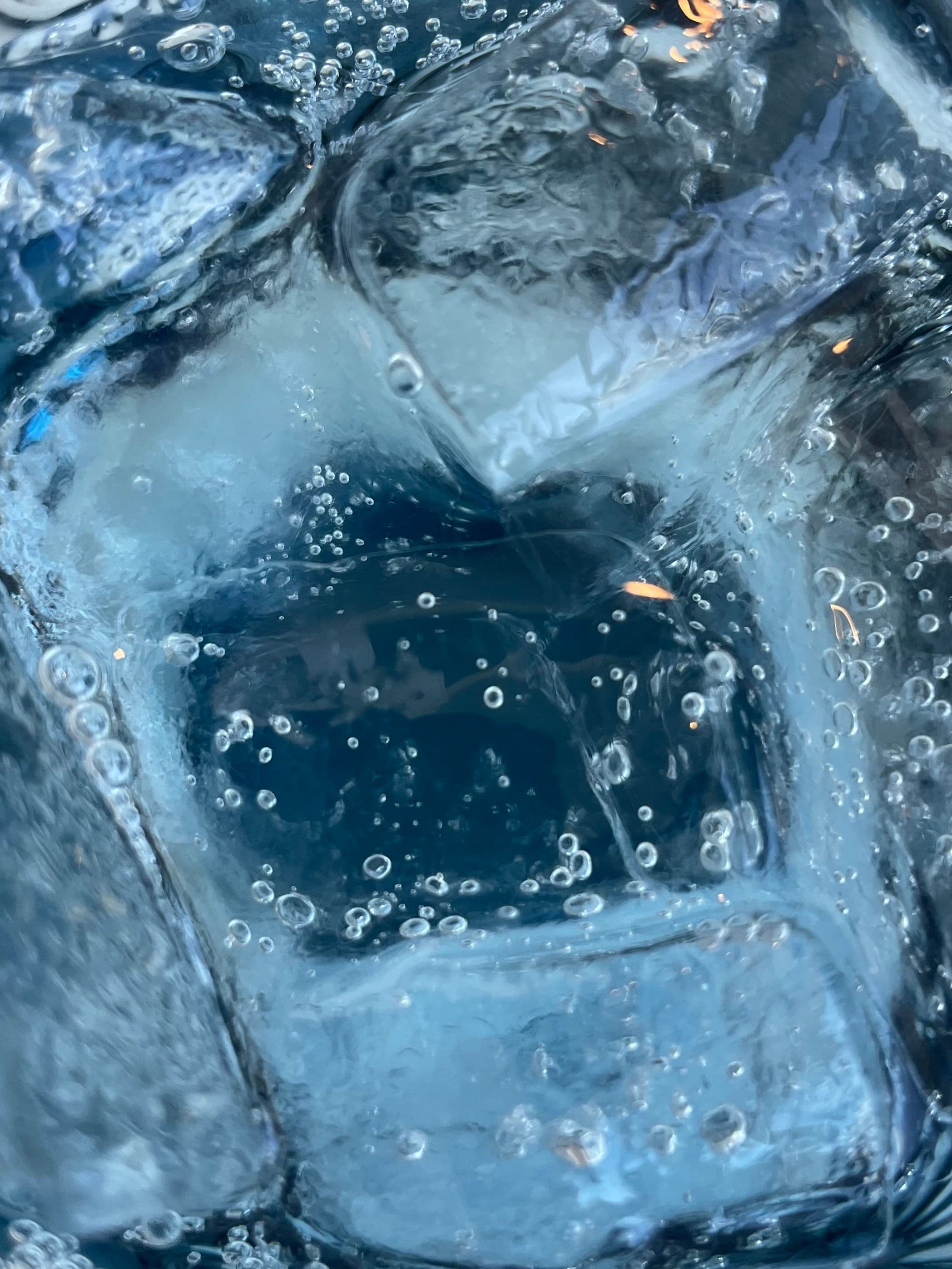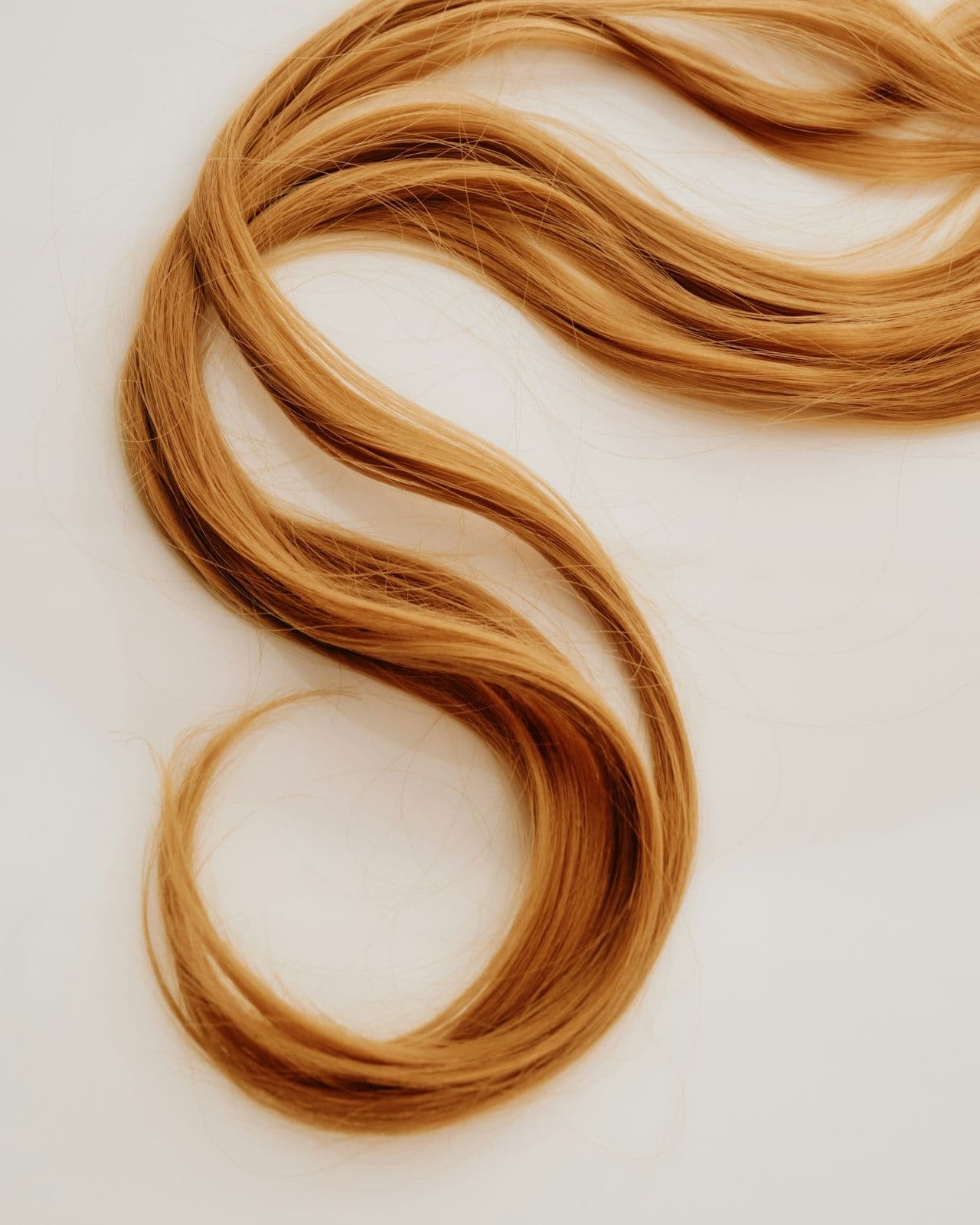Hair loss can be one of the most emotional treatment side-effects to encounter. You may have heard of a hair-loss-halting solution: cold capping (also called scalp cooling).
If you will be undergoing treatment that may cause hair loss (read more about this here), cold capping can be a good option. We spoke to experts and people who have tried it to answer your questions (does it work? how? how much does it cost? and is it worth it?) to help you evaluate if this is the right fit for you.
What is Cold Capping?
Scalp cooling, also known as cold capping, is a treatment used to reduce hair loss during chemotherapy. It involves wearing a tight-fitting helmet-like cap that works like an ice pack, and reduces blood flow to the scalp by keeping your scalp at a very low temperature, -22° Farenheit to be exact. This level of cold limits the amount of chemotherapy drugs that reach the hair follicles through three mechanisms: (1) it constricts the blood vessels which reduces blood flow to the scalp, (2) it also cools the hair follicles making them less likely to take up the chemotherapy drugs, and (3) it slows the metabolism of the follicles making it more difficult for the cells to metabolize the chemotherapy.
“Scalp cooling is really wonderful in that it can help women preserve a large portion of their hair,” says Dr. Jonathan Leventhal, onco-dermatologist and director of the Onco-Dermatology Program at Smilow Cancer Hospital at Yale New Haven. “Now, realistic expectations are important because you don’t want to overpromise and underdeliver.”
The effectiveness of the process depends on the type of chemotherapy (it works better with some drugs versus others), and even with drugs that it’s known to be quite effective with, it still likely won’t help you preserve all your hair. “It’s really effective in preserving over 50% of [your] hair, but we’re not talking about 100% preservation in most cases,” says Dr. Leventhal.
It can be worth trying, but it’s good to understand up front how effective it can be.
Determining If You’re a Candidate
Not everyone is eligible for cold capping. Dr. Brittany Dulmage, an oncology dermatologist at Wexner Medical Center, says if your tumor is on your head or neck, or if you have certain kinds of blood cancer, you likely will not be eligible for cold capping. Because cold capping works to prevent the chemotherapy from reaching your scalp, it can interfere with the effectiveness of treatments for these types of cancers.
Another thing to consider if you’re thinking about cold capping is hair texture. If you have curlier hair, type 3 or type 4 curls, Dr. Dulmage says your hair can act as a barrier to the cooling process reaching your scalp. Dr. Dulmage says many scalp cooling companies recommend you try straightening your hair before coming in for treatment, or wetting it as much as possible (though, with low porosity hair, this can be difficult).
Dr. Dulmage says it’s also important to understand that it’s not necessary for every chemotherapy regimen. Each has unique hair loss risks, and some regimens have a much lower risk of hair loss. In all cases, you’ll want to talk to your oncologist about whether to pursue cold capping.
The Distinction Between Scalp Cooling Systems
There are two scalp cooling methods: manual cold caps and automated scalp cooling systems, that both work the same way, but have some differences that you should know about if you’re considering it.
Scalp Cooling Cap (Automated)
Automated scalp cooling, also known as dynamic cold capping, requires your infusion center to have a scalp cooling machine. The cap has a gel in it, which is then attached to a machine that pumps the cooling gel into the cap throughout treatment. You will typically need to put the cap on around 30 minutes before treatment starts, and keep it on for around 30 minutes after treatment, to ensure that your scalp has time to actually get cold and stay cold.
These automated calp cooling systems are regulated by the U.S. Food and Drug Administration (FDA), and according to the American Cancer Society, there are three automated scalp cooling systems that are FDA-approved.
- Paxman – FDA-cleared in 2017 for breast cancer, with expanded clearance in 2018 for all solid tumors
- DigniCap – FDA-cleared in 2015 for breast cancer, and approved for all solid tumors in 2017
- Amma – FDA-cleared portable scalp cooling medical device in 2021
Cold Cap (Manual
Manual cold caps, also known as static scalp cooling or frozen gel caps, are not FDA approved or available in hospitals and clinics, but you can rent caps, that are ultimately ice packs, from companies like Penguin Cold Caps.
Dr. Silvina Pugliese, onco-dermatologist and Director of Inpatient Dermatology at NYU Langone Hospital Long Island, says people often research and acquire cold-capping options themselves, if their hospital doesn’t have an automatic cold capping machine. “They’ll order it themselves and they’ll bring a cooler with their cold caps in it, and they’ll have someone with them to help change them out so that it stays a certain temperature,” she says.
As with the automatic cold capping, you’ll need to put the cap on slightly before, during, and slightly after your treatment. You’ll want to bring a cooler to hold the caps with dry ice to keep them cold, and they must be replaced every 20 to 30 minutes as they warm up on your head. If you’re looking to do manual cold capping, you’ll need to bring someone to each treatment session to carefully monitor the temperature and help you switch out the caps throughout treatment. You can hire a professional to help you with this, or to help train a friend or family member who will be helping you, through organizations like Capping Partners of America and Right Arm Inc., but this can be quite expensive ($525 per session to hire a professional to help you cold cap at each chemo session, and $400 to train a family member through Capping Partners of America).
Is One Cold-Capping Program Better? (Not Really)
“As far as efficacy goes, I think the data would show that, so far, there’s not a significant difference,” says Dr. Dulmage.
She does note, however, that the efficacy of the manual option can be dependent on how experienced the technicians are–especially with getting the right fit on their patients’ heads (a really important aspect of how effective the process will be with preserving your hair).
While manual scalp cooling is not FDA-approved, Dr. Dulmage says it’s generally safe when done properly with the approval of your medical team and when the instructions are followed carefully. There are a few more risks than automatic, largely because of the higher possibility of user-error. “You’re really using a thermometer to get reads on the degree to which you’re cooling the scalp, but you can accidentally overcool the scalp. It’s possible to get thermal damage, essentially frostbite of the scalp,” says Dr. Dulmage. It’s important to ensure the person helping you has received proper training and is following the instructions to avoid unwanted side effects.
Potential Side Effects of Scalp Cooling/Cold Caps
Dr. Dulmage says the most common side effects from scalp cooling may include headaches and discomfort from being cold. To counteract these, she suggests doing your best to heat your body in other ways, like wearing layers or bringing an electric blanket to make sure your body does not get too cold from the cooling.
Advice on Navigating Cold-Capping, from Two Women Who’ve Been There
Cold capping is largely described as uncomfortable. Not only are you having drugs pumped into your blood, but now you have a tight and quite cold cap on your head.
“They hook you up to a machine. It looks like the Matrix,” says Christy Lingo, who did automated cold capping throughout her chemo treatment for breast cancer. “It’s not painful, but it is incredibly uncomfortable.” Unfortunately, there’s not much you can do to make this part more comfortable, because the tightness of the cap is integral to its efficacy.
Marcella Kelson, who also did cold capping during her treatment for breast cancer says it was, as expected, very cold. Her treatment also involved freezing her hands and feet to prevent neuropathy. “If you cold cap on top of that, your head is also frozen. It’s the most insanely uncomfortable situation,” says Kelson. For this, she recommends asking for painkillers or anti-anxiety medication to calm your nerves, and to wear layers. She specifically likes Negative Underwear, which she says doesn’t make her overheat, but it helps you keep warm.
Another hot tip: ask your medical team if you can bring an electric blanket to keep on you during the session.
Even with cold capping, you likely will still lose some of your hair. Learning to style hair that’s thinner than what you’re used to can take some adjustment. Check out our hair loss product guide for some tips, products and accessories to help you navigate this.
Costs, Accessibility, and Insurance
While scalp cooling treatments are an option for many women undergoing chemotherapy, the process can be both costly and logistically difficult to manage.
The cost of using cold caps or scalp cooling systems varies depending on the manufacturer, the number of chemotherapy sessions and how many months you need the machine. Manual cold caps can start from $380 and up per month, whereas automatic cooling systems can start at $2,000 for a full chemotherapy course (so throughout all your sessions of chemo). If you’re looking to hire a professional capper to help you with the manual capping, you’ll likely have to purchase the cold caps yourself, on top of the fee for the professional service, which can quickly add up.
It may be possible to receive insurance coverage for scalp cooling, but unfortunately it’s not widely covered. “It's always worth looking into to see if insurance will cover it… in the ideal world, we would give all patients an option to pursue scalp cooling if they were starting chemotherapies that very classically lead to hair loss,” says Dr. Pugliese. says. “But in many cases, they may not.”
However, there are several resources that can help with the cost of cold caps and scalp cooling, including The Rapunzel Project, HairToStay, and Sharsheret. The Rapunzel Project, a nonprofit created to raise awareness about cold capping, has a helpful guide on their site on different nonprofits and how you can apply to receive financial assistance from them. The Rapunzel Project also has locations of hospitals and clinics that have DigniCap, Paxman and biomedical freezer locations for many areas.
Dr. Pugliese also highlights the disparity in access to scalp cooling, especially in rural areas. Not every infusion center has access to these devices.
“Sometimes urban or suburban centers are more likely to have that option than rural centers,” she says. If you live far from a cancer center, this geographical limitation can prevent you from accessing automated cooling, and if this is the case, you might think about manual cooling.
So: To Cold Cap, or Not to Cold Cap
Christy Lingo ultimately decided to try out cold capping to maintain a sense of normalcy throughout treatment, both for herself and for her kids. “I didn’t want to scare my kids any more than they had to be scared. I didn’t want to get pitying looks from strangers at the grocery store,” says Christy, who kept around 60% of her hair during treatment. “There are so many amazing women that rock the bald head… but I made the choice that was best for me.”
However, this process is not appealing for everyone. Lauren Yerkes, the founder of Post Swim, was diagnosed with triple negative breast cancer, three days before her 38th birthday in 2022.
She chose not to use cold caps. “I didn't want to sit in the infusion chair longer than I needed to because it's quite a process,” she says. “From what I have heard and researched about it, it only saved probably about 40 to 50% of your hair and for me, it just I was like, well, at this point, I'm just gonna lose it and regrow it all.”
If it seems like a hassle, or the expense doesn’t seem worth it, there are so many other ways to manage hair loss. Cold capping can be an effective method for trying to keep as much hair as possible. There’s no one right way to navigate any of this; and if cold capping is for you, we wish you big luck (and recommend wearing cozy long underwear).









